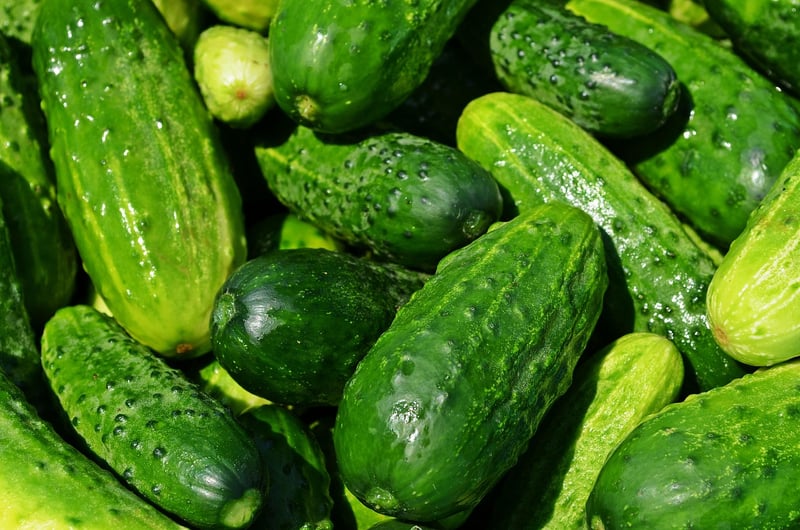Contrast Blends
Creating Delightful Taste Experiences with Contrast Blends
Are you looking to elevate your culinary creations and wow your taste buds? One of the key secrets to achieving a delightful taste experience is through contrast blends. By skillfully combining contrasting flavors, textures, and colors, you can create dishes that excite the palate and leave a lasting impression on your guests.
Understanding Contrast Blends
Contrast blends involve pairing ingredients that are different yet complementary to each other. This contrast can be achieved through a variety of elements:
- Flavors: Combining sweet and savory, spicy and mild, or tangy and creamy flavors.
- Textures: Mixing crunchy and soft textures to create a dynamic mouthfeel.
- Colors: Incorporating vibrant and contrasting colors to make the dish visually appealing.
Examples of Contrast Blends
Here are some classic examples of contrast blends that you can experiment with in your cooking:
- Spicy Sriracha drizzled over creamy avocado toast.
- Sweet and tangy barbecue sauce paired with smoky grilled meats.
- Crispy bacon atop a bed of velvety mashed potatoes.
Tips for Perfecting Your Contrast Blends
To master the art of creating contrast blends, consider the following tips:
- Balance is key: Ensure that one flavor or texture does not overpower the other.
- Experiment boldly: Don't be afraid to try unconventional pairings to discover new taste sensations.
- Visual appeal: Pay attention to the presentation of your dish as appealing visuals can enhance the dining experience.
Get Creative in the Kitchen!
Now that you have a better understanding of contrast blends, it's time to get creative in the kitchen. Let your imagination run wild, experiment with different combinations, and delight your taste buds with exciting new flavors.
Remember, the key to creating memorable taste experiences lies in the art of contrast blends!

Image source: Pixabay
